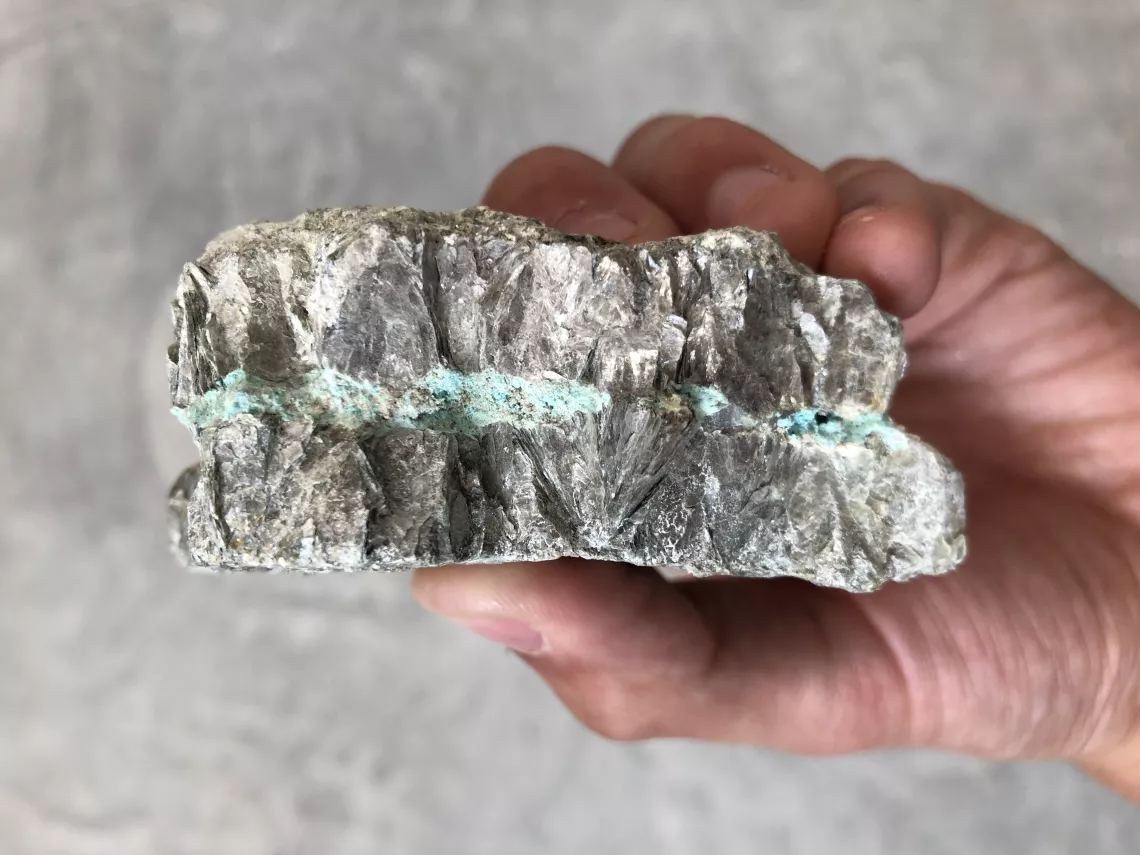Part 2 of the Critical Minerals series

This file is licensed under the Creative Commons Attribution-Share Alike 4.0 International license.
The purpose of this series is to dig into a few of the minerals labeled critical and explore their properties, uses, and the dangers they present, and to present some alternatives which mining and energy industries don’t tell us about.
In 2019 the Nobel Prize in Chemistry was awarded to three scientists for their work in developing the lithium ion battery. Lithium is a light-weight and energy-dense element, but it is very flammable. The development of its ions for battery use was revolutionary. Lithium-ion (L-ion) batteries were first seen in consumer electronics, but their use now encompasses vehicle batteries and short-term grid storage. L-ions dominate the rechargeable battery market.
L-ions are a family of batteries; all exchange charged lithium ions and use lithium in either the cathode or anode, but other elements must be used: there are batteries which use cobalt, nickel, manganese, iron, aluminum, and other metals and materials with varying degrees of safety, power, affordability, and reliability. (See this excellent primer for an in-depth explanation.)
Lithium brine and ore are concentrated in only a few places in the world: the South American Lithium Triangle (Chile, Argentina, and Bolivia), Australia, China, Tanzania, DRC, and Namibia. Everywhere, lithium extraction is associated with corruption, human rights and worker abuses, and pollution.
But with big profits to be had, there is a rush on. Lithium miners are now prospecting in the US. In Nevada and southern Oregon, Indigenous tribes and allies are fighting the development of the Thacker Pass mine, which threatens water and sacred sites. Exxon proposes to develop a lithium mine in Arkansas.
Must we continue to use lithium? Most mainstream analyses acknowledge the awful consequences of mining, followed by a bit of hand-waving, and off to the races we go.
Although there are potential alternatives for vehicle batteries and grid storage, these battery types are not receiving much attention. As one analyst put it “the U.S. Department of Energy should push…forward with investments in research, development, testing, and demonstration,” or we will be held captive to some unsavory corporate interests.
The full Critical Minerals series can be found at the links below: